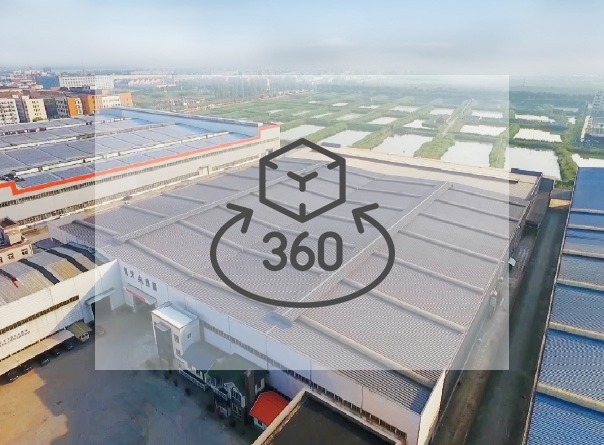The role of prefabricated houses in sustainable development and environmental protection
How do architects and builders incorporate sustainable and environmentally-friendly features into the design and construction of prefab container houses, and what innovative technologies are being used in the industry to make these homes even more sustainable and energy-efficient?
Architects and builders can incorporate sustainable and environmentally-friendly features into the design and construction of prefab container houses in several ways. One approach is to use materials that are environmentally friendly and renewable, such as bamboo or reclaimed wood, for the floors, walls, and roofs. Another approach is to use insulation materials that have a high R-value, such as closed-cell spray foam or rigid foam boards, to reduce heating and cooling energy needs.
Innovative technologies
Green roofs: Some prefab container houses incorporate green roofs, which are covered with vegetation, to reduce stormwater runoff, insulate the building, and improve air quality. These roofs can also be used to grow food or create a habitat for pollinators.
Heat recovery ventilation (HRV) systems: HRV systems capture and transfer heat from exhaust air to incoming fresh air, reducing energy consumption and improving indoor air quality.
Passive solar design: Some prefab container houses are designed with passive solar principles in mind, maximizing natural light and heat from the sun to reduce the need for artificial lighting and heating.
Geothermal heating and cooling: Geothermal systems use the stable temperature of the ground to heat and cool a building, reducing energy consumption and greenhouse gas emissions.
Greywater systems: Greywater systems collect and filter wastewater from sinks, showers, and washing machines for reuse in irrigation and toilet flushing, reducing water consumption and conserving resources.
Energy-efficient windows: High-performance windows with low-E coatings and gas-filled panes can reduce heat loss and gain, improving energy efficiency and comfort.
Smart home automation: Smart home automation systems can be integrated into prefab container houses, allowing homeowners to control lighting, HVAC systems, and other appliances remotely from their smartphones. This can help to optimize energy usage and reduce waste.
Net-zero energy systems: Some prefab container houses are designed to be net-zero energy, meaning they generate as much energy as they consume over the course of a year. This can be achieved through the use of renewable energy sources like solar panels, wind turbines, and geothermal systems.
Building-integrated photovoltaics (BIPV): BIPV systems incorporate solar panels directly into building materials like roofing shingles or windows, allowing the building to generate renewable energy without the need for additional solar panels.
Aerogel insulation: Aerogel insulation is a highly effective insulating material that is lightweight and environmentally friendly. It can be used to insulate the walls, floors, and roofs of prefab container houses, reducing heating and cooling energy needs.
The incorporation of sustainable and environmentally-friendly features into the design and construction of prefab container houses is an ongoing process that requires continuous innovation and improvement. Architects and builders must balance the desire for sustainability with the need for practicality and affordability to create homes that are both eco-friendly and accessible to a wide range of homeowners.
PTH steel structure container house can easily accommodate solar panels, geothermal systems, or building-integrated photovoltaics (BIPV) to generate renewable energy. The container's roof can also be designed to accommodate green roofs, which provide insulation and improve air quality. Additionally, HRV systems, energy-efficient windows, and aerogel insulation can be easily integrated into the design of a steel structure container house to reduce energy consumption and improve indoor air quality.
Rainwater harvesting systems, greywater systems, and smart home automation can also be incorporated into the design of a steel structure container house. And because container houses are typically modular and easy to disassemble, they can be relocated and reused in different locations, further reducing the environmental impact of new construction.
Any special needs on custom steel structure building and prefab house? PTH house is ready to help.







 English
English Español
Español 中文简体
中文简体 Français
Français عربى
عربى










